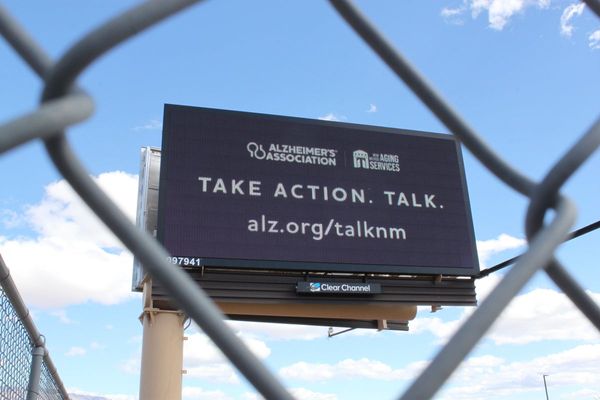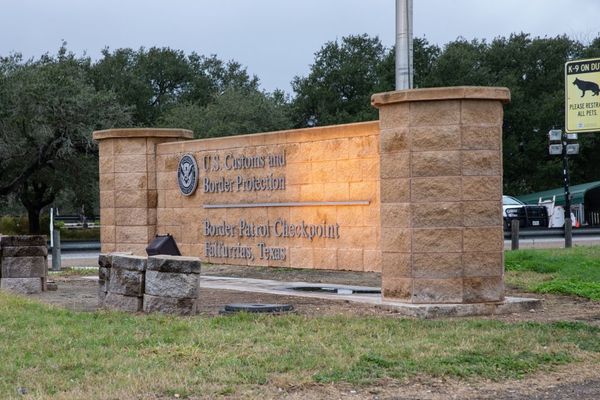
Increasingly, students want more from higher education institutions beyond skills and knowledge, graduation certificates and the promise of employment. They also want care and guidance. Students even want to actively collaborate on their university’s quality assurance processes and add health and well-being as key indicators of university quality.
However, universities often end up ignoring students’ needs. Although they once might have been the main clients of higher education, universities now give priority to market-driven quality indicators set by industries and governments.
The need for a new quality agenda
Universities worldwide have invested in quality assurance processes to achieve national and international accreditation. It is increasingly a mandatory process for all degree programs and is repeated every four to five years.
One of the most important steps is consultation with students, both past and present. Appointed external reviewers interview a sample of students, asking them for their opinion on university programs and services.
Students who have had a good experience will speak candidly. Others will be more hesitant and consider if it is wise to share their dissatisfaction.
However, with limited experience of life in other universities, many students are not well-equipped to make comparative judgments on quality.
Current university quality assurance systems also risk being undermined by the need to score well in global rankings.
Some might argue rankings as a measure of quality favour an institution’s research prestige over students’ experience. These rankings usually weight universities’ student numbers or volume of research output above sustained investment in teaching and student development.
These “tick-box” approaches to quality assurance are simplistic. They do not provide a comprehensive understanding of student and staff experiences or the level of their (dis)satisfaction.
The individual, institutional and global impacts of COVID-19 have also shaken and challenged fundamental educational values.
This adds to the urgency of students acquiring attributes like mental, cultural and spiritual well-being during their studies. There is now a need to rethink higher education quality to take account of social inclusion, diversity, health and lifelong learning.
The UN Sustainable Development Goals and UNESCO’s Futures of Education (2021) propose a new social contract where inclusive quality education is a natural right for all.
A newly published European Commission report also advocates a lifelong approach to learning for environmental sustainability. It speaks to “practical, engaging and action-oriented learning methods” to promote knowledge, critical thinking, practical skills, empathy and care for nature.
Hence, it is necessary to seriously ask questions of quality assurance systems that go to fundamental values: why, when, how, what and, most importantly, for whom?

Sustainability is the way forward
We require a new university quality assurance agenda with a weighting towards more inclusive processes and well-being.
Long-term revenue-generating innovations remain undoubtedly important. But not if this fails to take well-being-related values seriously.
Monitoring and assessing quality should be at all levels: from the national level (macro), institutional level (meso), to the micro (program/course) and nano (people) level of the human being as a complex entity. Acknowledging a holistic approach to quality as an ecosystem with many interdependent actors is important.
A gold-standard quality assurance system in higher education must balance these interests. It needs to actively engage students in this important task.
In a previous article, one of our authors identified several key points that such a quality assurance process should include:
ensuring universities balance the perspectives and needs of various stakeholders, including students and staff
building flexibility so campuses can adapt to rapid changes in technology and social norms, with a focus on servicing students and users rather than specific technological measures
fostering a culture and mechanism of continuous improvement within higher education institutions, while serving as a seal of quality for outsiders and potential students.
The goal remains to ensure the quality of education, strengthening it as a public good and making it accessible to all with opportunities across their lives.
This aligns with UNESCO’s call that education must move away from an over-reliance on teacher-directed instruction and individual achievement. Instead, we should emphasise co-operation and collaboration.
Often organised as individual subjects, curriculums must emphasise ecological, intercultural and interdisciplinary learning.
The higher education ecosystem is not just about accreditation and rankings. It is also about “glocalisation” – seeing the global but acting local, ensuring sustainability, and promoting students’ power to make a difference in their communities.
It is necessary to acknowledge the increasing voices of students as they comment on the quality of education in which they take part. Universities mush consider their concerns beyond feedback on courses and program design. Universities must seek to embed lifelong learning and well-being within university studies and prepare for global citizenship.
Reaching beyond grade point averages and future salaries, students want university and degree experiences that are more attentive to well-being.
The authors do not work for, consult, own shares in or receive funding from any company or organisation that would benefit from this article, and have disclosed no relevant affiliations beyond their academic appointment.
This article was originally published on The Conversation. Read the original article.







